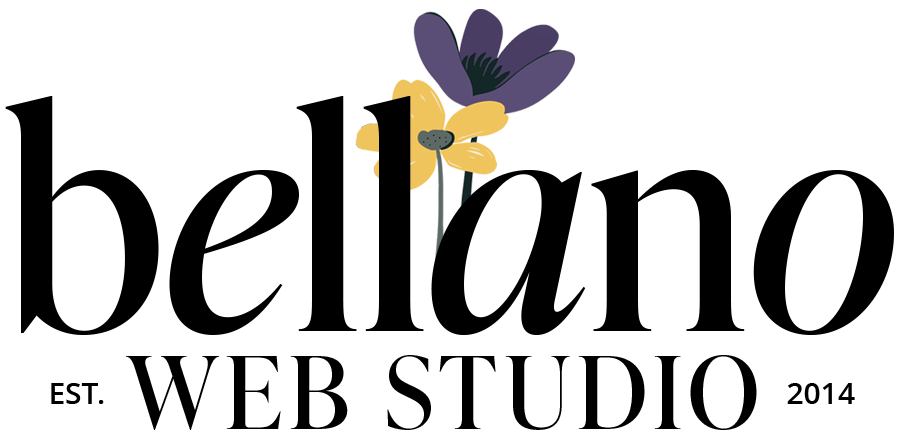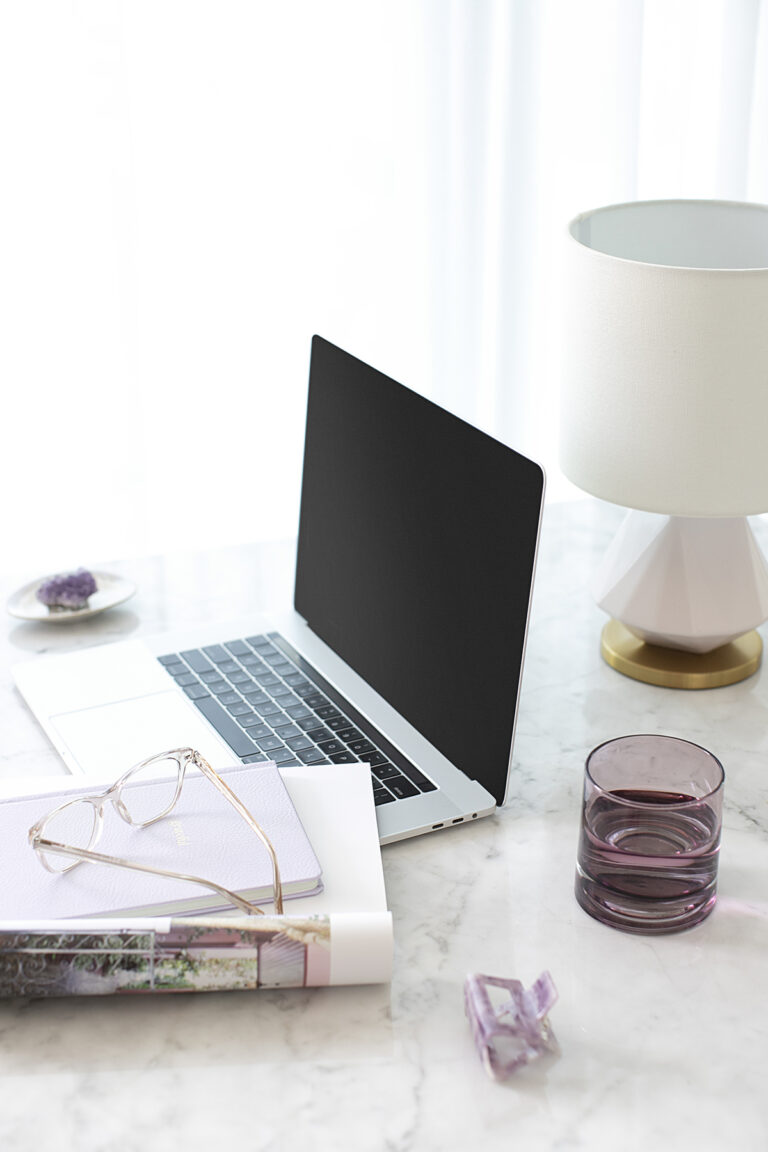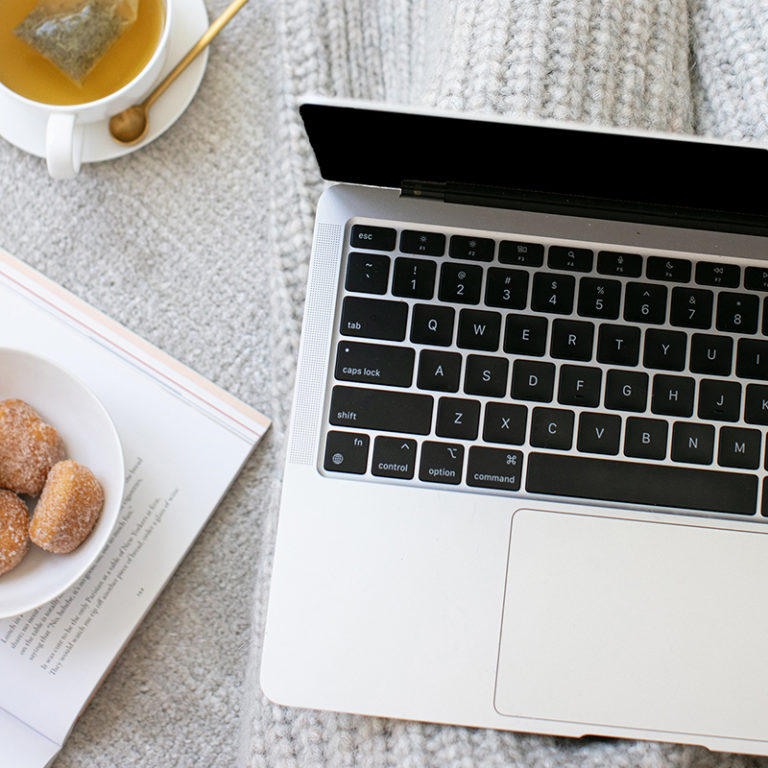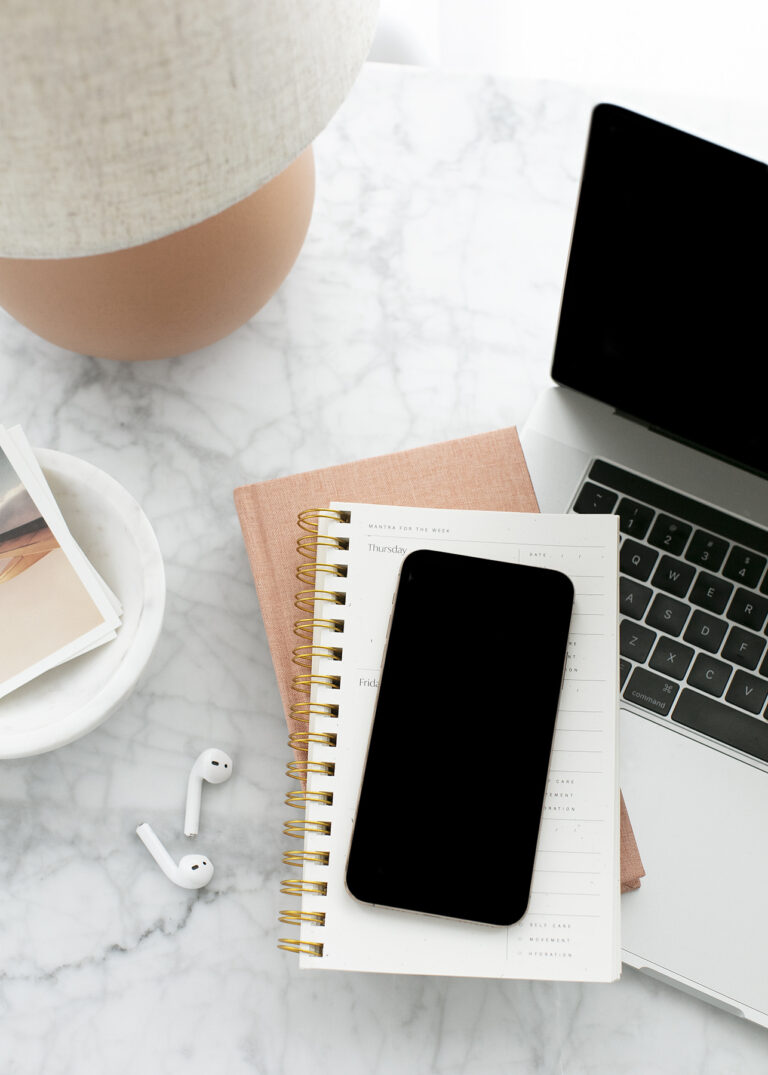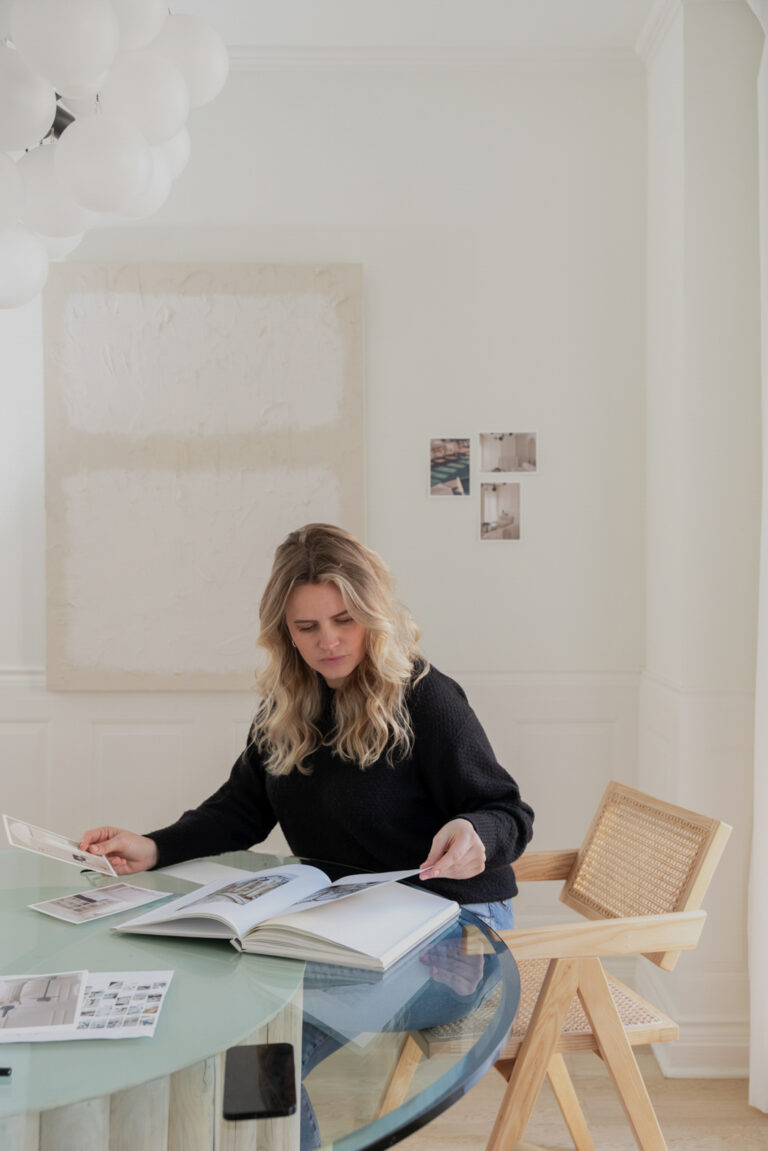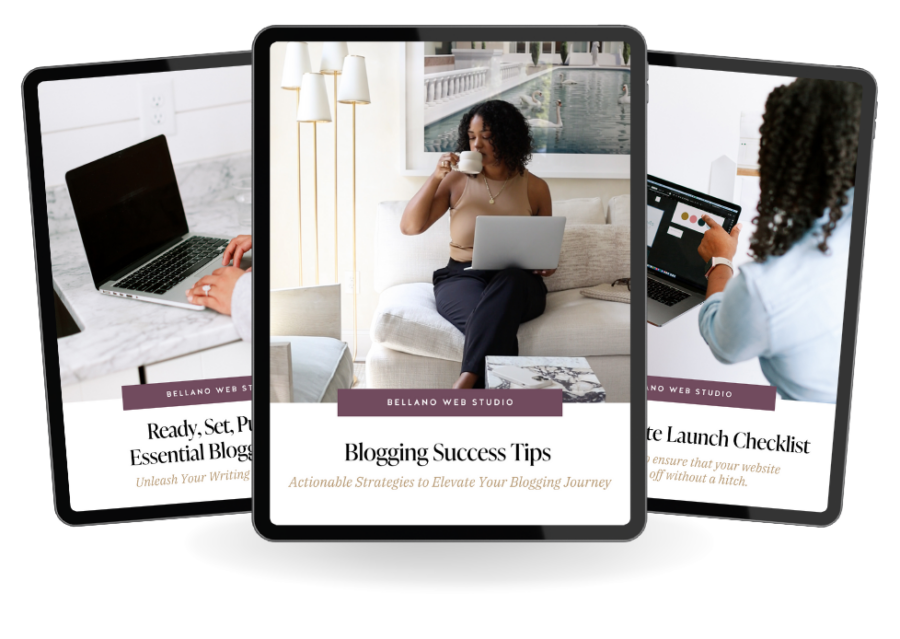Choosing a Web Designer: What to Look For
Starting Your Search for a Web Designer
If you are embarking on the exciting journey of choosing a web designer, you’re in the right place! Navigating the world of web design can be overwhelming, especially if you are new to it. But don’t worry, I’ve got you covered with some insider tips to help you make an informed decision. Let’s dive into what you should look for in a web designer and the signs of good web design.
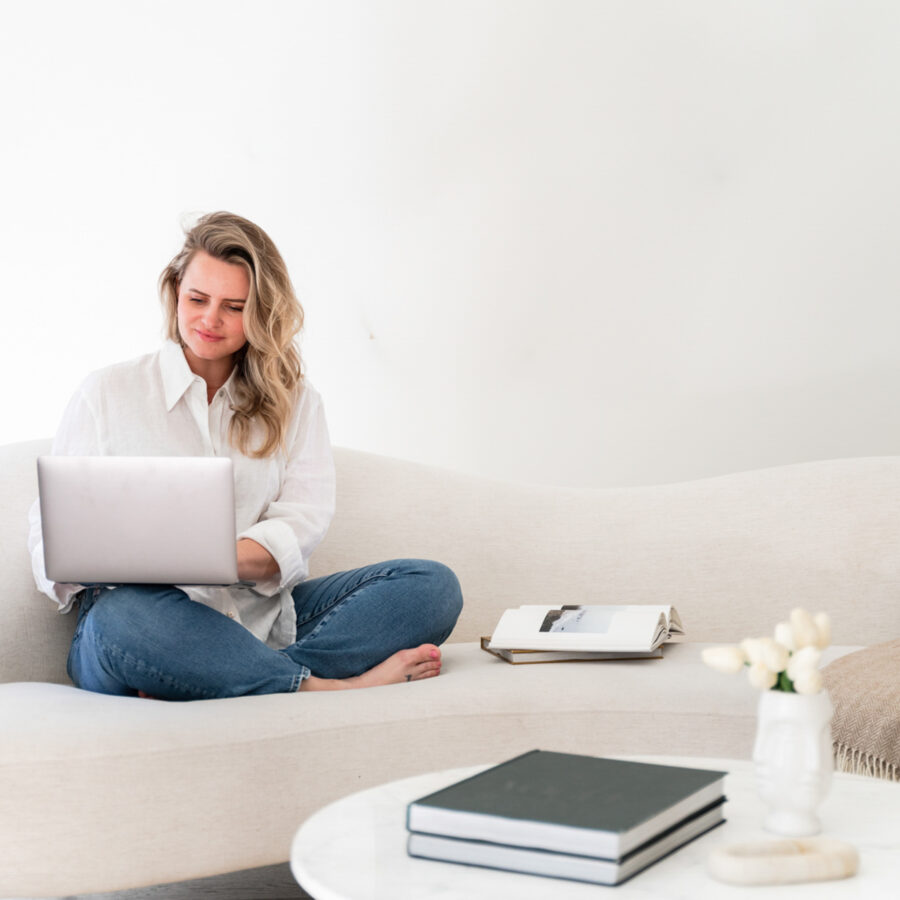
Understanding Your Needs
Before you start your search, take a moment to understand your needs. What is the purpose of your website? Are you looking to sell products, showcase your portfolio, or provide information about your services? Having a clear idea of your objectives will help you find a designer who specializes in what you need.
Research is Key
Begin by researching potential designers. Look at their portfolios, read client testimonials, and see if their style aligns with your vision. A great way to start is by asking for recommendations from friends or business associates who have websites you admire.
Communication Matters
A good web designer is also a great communicator. During your initial interactions, pay attention to how well they understand your needs and how clearly they communicate their ideas. You want someone who listens to your ideas and brings their expertise to the table to create a perfect blend.
Signs of Good Web Design
While choosing a web designer, it’s important to spot the elements of good design during your research. This involves ensuring that the designer’s portfolio not only aligns with your aesthetic preferences but also demonstrates a strong adherence to the principles of effective and functional web design. Here are some key signs to look out for:
1. User-Friendly Navigation
A well-designed website should be easy to navigate. This means clear menus, logical page structures, and an intuitive interface. Users should find what they’re looking for with minimal clicks.
2. Responsive Design
With the variety of devices used to access the internet today, your website needs to look great and function well on all screen sizes. This is what responsive design is all about.
3. Aesthetically Pleasing
Of course, your website should also be visually appealing. This includes thoughtful use of color, typography, and imagery that aligns with your brand identity.
4. Fast Loading Times
Users expect websites to load quickly. Good web design includes optimizing images and code for fast loading times.
5. Search Engine Optimization (SEO)
A good web designer understands the basics of SEO and designs your website in a way that helps you rank higher in search engine results.
6. Clear Calls to Action
Your website should guide users to take action, whether it’s making a purchase, signing up for a newsletter, or contacting you. These calls to action should be clear and compelling.
7. Quality Content Layout
The way content is laid out on your website matters. It should be easy to read and digest. Good designers know how to use whitespace effectively to make your content stand out.
8. Security Features
A good web designer will prioritize your website’s security, implementing features to protect both you and your visitors.
9. Regular Updates and Maintenance
Web design isn’t just about the initial build. Look for designers who offer ongoing support and maintenance to keep your site up-to-date and running smoothly.
Now that you know what to look for in good web design, let’s talk about how to find the right web designer for your project.
Starting Your Search
1. Define Your Needs
Before you start looking, have a clear idea of what you want your website to achieve. Do you need an e-commerce platform, a blog, and/or a portfolio? The more specific you can be, the better.
2. Do Your Research
Look at websites you admire and find out who designed them. Check out online portfolios and read reviews. This can give you a sense of the designer’s style and quality of work.
3. Ask for Referrals
Word of mouth is a powerful tool. Ask your network for recommendations. If someone you trust had a great experience with a web designer, chances are you might too.
4. Review Portfolios
A designer’s portfolio is a window into their skills and style. Look for variety, creativity, and websites that align with what you’re looking for.
5. Check for Compatibility
Your web designer will be your partner in this project. Make sure they understand your vision and communicate in a way that resonates with you.
Questions to Ask Potential Designers
When you’ve narrowed down your list, it’s time to start some conversations. Here are some essential questions to ask:
- What is your design process?
- Can you work within my budget and timeline?
- How do you approach SEO and mobile responsiveness?
- What kind of support do you offer post-launch?
- Can you show me examples of similar projects you’ve worked on?
Red Flags to Watch Out For
Be wary of designers who:
- Promise unrealistic results: No one can guarantee a top spot on Google overnight.
- Don’t have a clear process: A good designer should have a structured approach to their work.
- Are not interested in your input: Your designer should value your ideas and feedback.
Budget Considerations
Be upfront about your budget. You often get what you pay for in web design. Cheaper options might save you money upfront but could cost you more in the long run due to poor quality or lack of support.
Tick-Tock or Cha-Ching? Time or Money
Trust Your Gut
Lastly, trust your instincts. You should feel comfortable and confident with the designer you choose. Good chemistry and mutual understanding are key to a successful partnership.
Choosing the right web designer is a crucial step in creating an online presence that truly represents your brand. Take your time, do your research, and don’t be afraid to ask questions. A great web designer will not only bring your vision to life but also be a valuable partner in your business’s growth.
Remember…
A well-designed website is an investment in your business’s future. It’s your online storefront, your brand ambassador, and often the first point of contact for potential customers. So, take a deep breath, start your search, and get ready to embark on an exciting journey to a fantastic web presence!
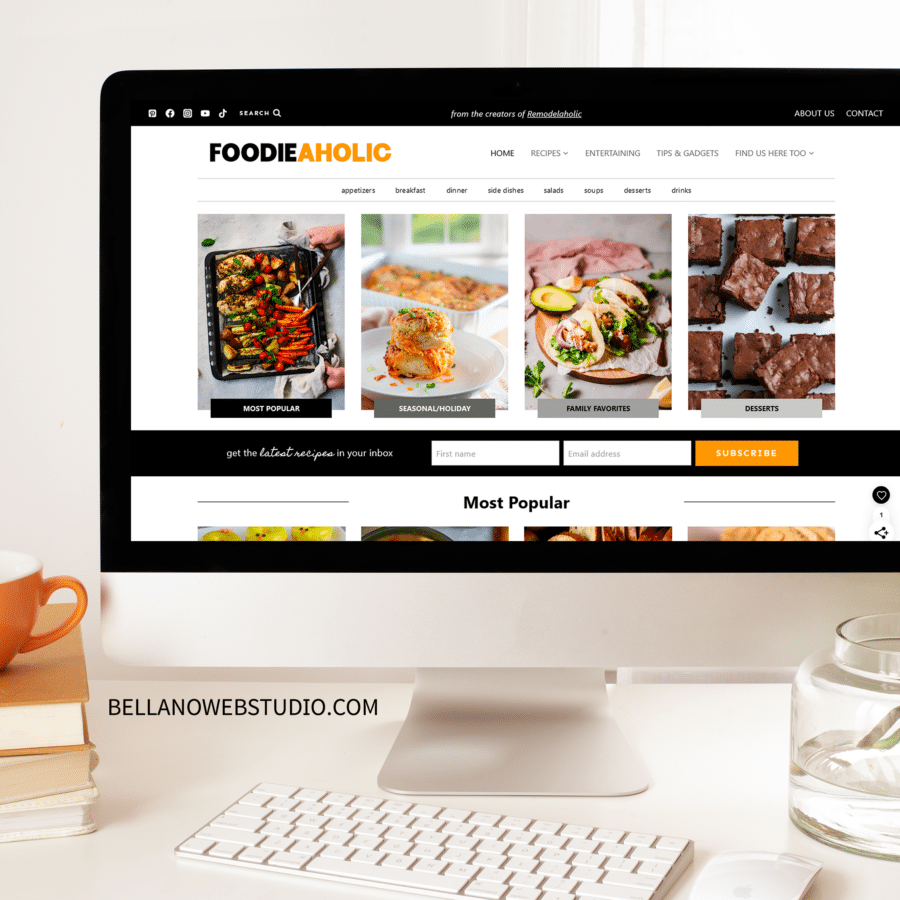
If you have any questions or need guidance, feel free to reach out. I’m here to help make your web design journey as smooth and enjoyable as possible!
Did you find this post helpful?
Share the love and save it to Pinterest!
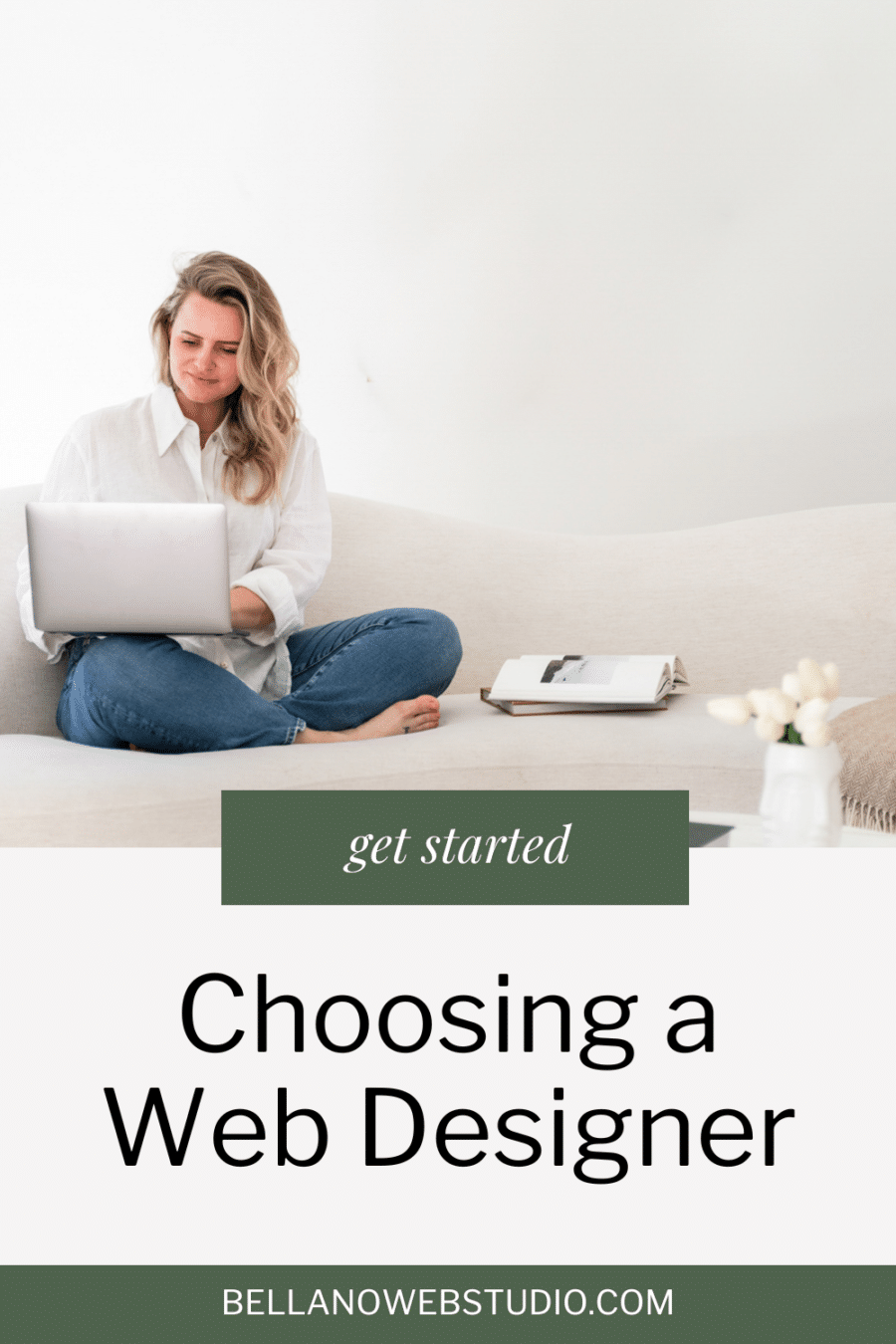
Are you ready for a website you love?
If you are ready for a redesign or your first website and the thought of figuring it all out makes your heart race a bit and leaves you overwhelmed I got you covered! My specialty is taking your wish list and blending your personality with the functionality you need for an online presence that makes you proud. Let’s create a stunning first impression and a website where you can stand out online.
